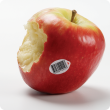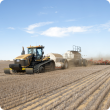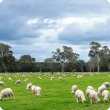Filter by regions:
- (-) Remove South West filter South West
- (-) Remove Wheatbelt filter Wheatbelt
- Great Southern (281) Apply Great Southern filter
- Mid West (266) Apply Mid West filter
- Goldfields-Esperance (255) Apply Goldfields-Esperance filter
- Peel (252) Apply Peel filter
- Perth regions (223) Apply Perth regions filter
- Gascoyne (172) Apply Gascoyne filter
- Pilbara (157) Apply Pilbara filter
- Kimberley (151) Apply Kimberley filter






